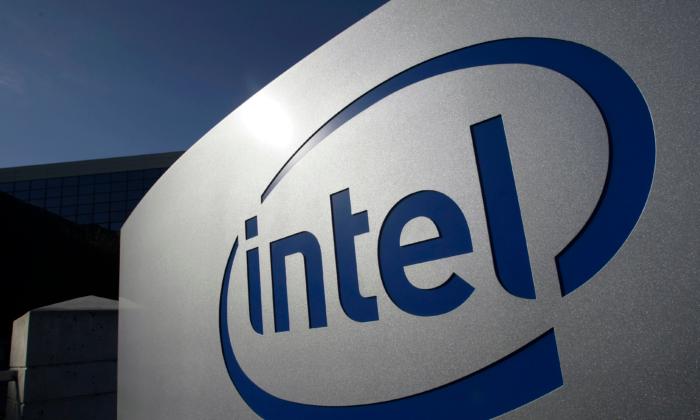As of Feb. 14, 77 percent of the S&P 500 member companies have released earnings reports for the fourth quarter of 2024. Of these companies, 76 percent have reported actual EPS above estimates, below the five-year average of 77 percent but above the 10-year average of 75 percent.
“In aggregate, companies are reporting earnings that are 7.3 percent above estimates, which is below the five-year average of 8.5 percent but above the 10-year average of 6.7 percent,” wrote John Butters, vice president and senior earnings analyst at FactSet.
“Historical averages reflect actual results from all 500 companies, not the actual results from the percentage of companies that have reported through this point in time.”
The number of companies releasing stronger-than-expected results has helped the broadly followed S&P index achieve its highest annual growth rate for the fourth quarter in three years.
According to FactSet, nine of the eleven sectors it tracks reported annual earnings gains in the fourth quarter, led by financials, communication services, consumer discretionary, information technology, health care, and utilities.
Earnings in these sectors have benefited from several positive factors. A strong economy helped U.S. consumers continue spending, a tailwind for the consumer discretionary sector.
Another factor was the revival of mergers and acquisitions activity in almost every industry, from retail to energy, biotechnology, and construction equipment. This helped revive investor interest in traditional sectors of the S&P 500 member companies that lagged in technology.
A third factor was robust spending by tech giants such as Meta, Amazon, and Alphabet, which bodes well for the earnings of information technology companies.
A fourth factor was solid earnings from banks and investment banking houses, including JP Morgan, Citigroup, Bank of America, Wells Fargo, and Morgan Stanley, thanks to a revival in the financial sector.
Looking ahead, FactSet reports a bullish analyst sentiment, with annual earnings growth expectations of 8.1 percent for the first quarter of 2025, 9.9 percent for the second quarter, and 12.7 percent for the full year.
Markets may have already priced in this prospect, as they trade with a forward 12-month price-earnings ratio of 22.2, above the five-year average (19.8) and the 10-year average (18.3).
Another headwind is the stubbornly high inflation rate, which is squeezing household budgets.
In addition, elevated inflation has put monetary easing on hold and increased long-term interest rates.
“Rising long-term interest rates could exacerbate Wall Street’s equity valuation problem,” Georgios Koimisis, associate professor of economics and finance at Manhattan University, told The Epoch Times in an email. “If they continue to rise ... equity analysts may have to revise earnings downward for the rest of the year.”
A third factor is the prospect of the proliferation of a tariff war. It could shrink trade and hurt the earnings of S&P member companies that derive a significant chunk of their revenues and profits from overseas markets.
“If the current pace continues through the remainder of the earnings season, the fourth quarter will record the highest number of S&P 500 companies citing ’tariff' or ’tariffs’ on earnings calls for a quarter over the past 10 years,” Butters said. “The current record is 185 companies, which occurred in Q2 2018.”







